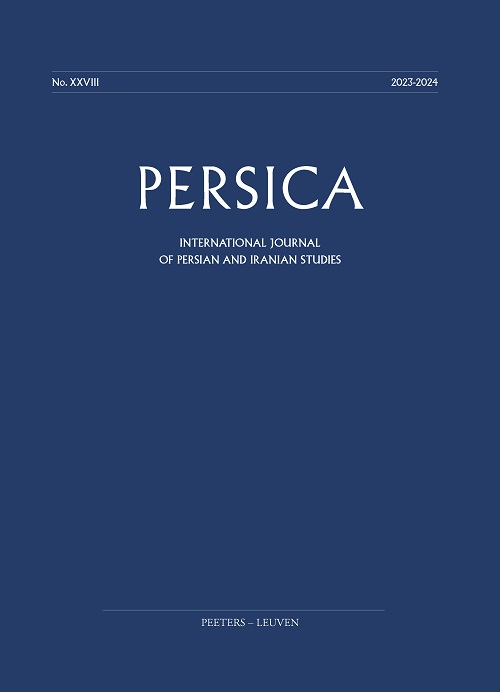 previous article in this issue previous article in this issue | next article in this issue  |

Preview first page |
Document Details : Title: The Nasser D. Khalili Collection of Islamic Art Author(s): BLAIR, Sheila S. , BLOOM, Jonathan M. Journal: Persica Volume: 15 Date: 1993-1995 Pages: 77-90 DOI: 10.2143/PERS.15.0.2003527 Abstract : One of the most significant publishing events for the study of Islamic art in recent years is the projected set of 26 large quarto volumes surveying the comprehensive Nour (“Light”) collection amassed by Nasser D. Khalili. Khalili, who earned a Ph. D. with a dissertation on Persian lacquer at the University of London, began collecting in the 1970s and has amassed one of the largest and broadest collections of Islamic art in private hands. In 1993 Dr. Khalili proposed presenting the collection, which comprises some 20,000 objects he values at nearly $1.5 billion, to Britain. Like the Thyssen-Bornemisza collection, which has been lent to Madrid, the Khalili collection was to be lent to the British government for 15 years and housed in a separate museum bearing the founder’s name. The museum was to have between 3500 and 5000 square meters of exhibition space and be staffed by curators and conservators from the British Museum; construction and operating costs were to be borne by the British Government. Understandably, this offer, coming at a time of recession and meager funding for the arts in Britain, has provoked an uproar and strong opposition from several quarters: British museums, which are already struggling for the limited funds available, already house some of the finest collections of Islamic art anywhere, and the final disposition of the collection remains moot (see The New York Times, Feb. 15, 1993). |
|


